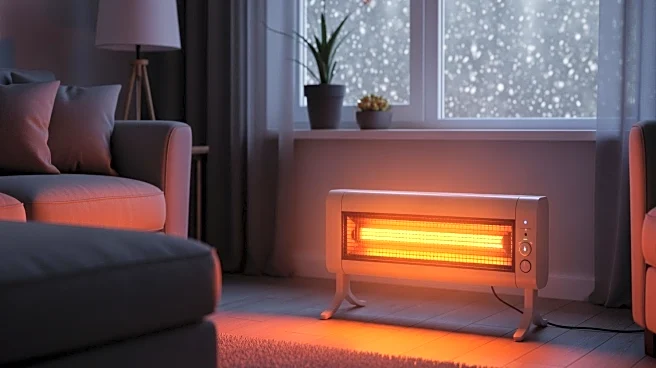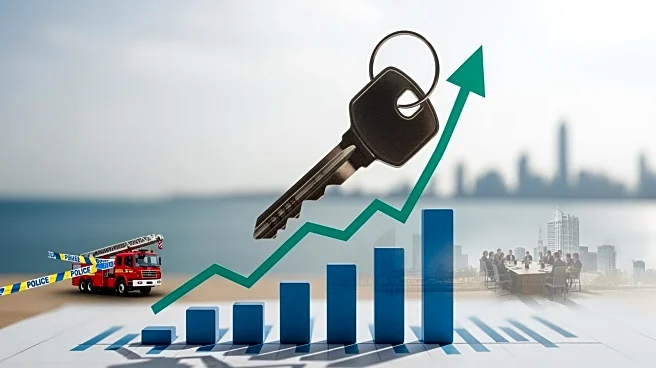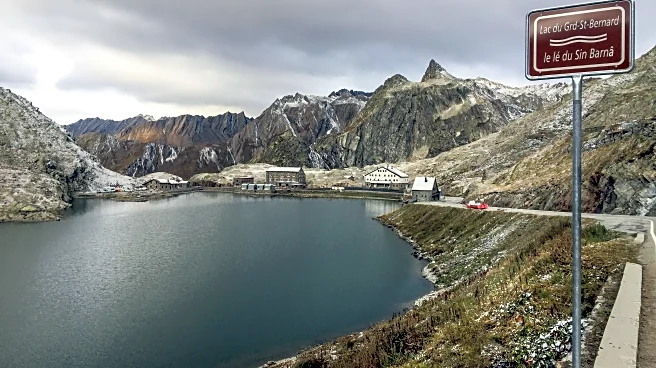What's Happening?
The U.S. Energy Information Administration (EIA) has forecasted an increase in electricity costs for Americans using electric heaters this winter. The average cost is expected to rise by 4% from November to March 2026. This increase is primarily due to higher
heating costs, with the Midwest and South experiencing a 4% rise, while the Northeast and West may see a 3% increase. The EIA's predictions are based on the assumption of a slightly milder winter compared to last year. However, if the winter is 10% colder than expected, costs could rise by up to 9% in the Midwest and 8% nationwide. Conversely, a 10% warmer winter could result in minimal cost changes.
Why It's Important?
The anticipated rise in electricity costs is significant as it adds to the financial burden on American households already facing increased healthcare and other living expenses. With 43% of homes in the South relying on electricity for heating, the impact is particularly pronounced in this region. The increase in electricity costs contrasts with expected reductions in natural gas, propane, and heating oil prices, which are projected to decrease by 1%, 9%, and 8%, respectively. This disparity highlights the varying economic pressures on different energy consumers and could influence future energy consumption patterns.
What's Next?
If the winter aligns with the EIA's base case of being slightly milder, households using electricity for heating will likely see a modest cost increase. However, significant deviations in winter temperatures could lead to more substantial changes in heating expenses. Stakeholders, including energy providers and policymakers, may need to consider strategies to mitigate the financial impact on consumers, especially in regions heavily reliant on electric heating.














